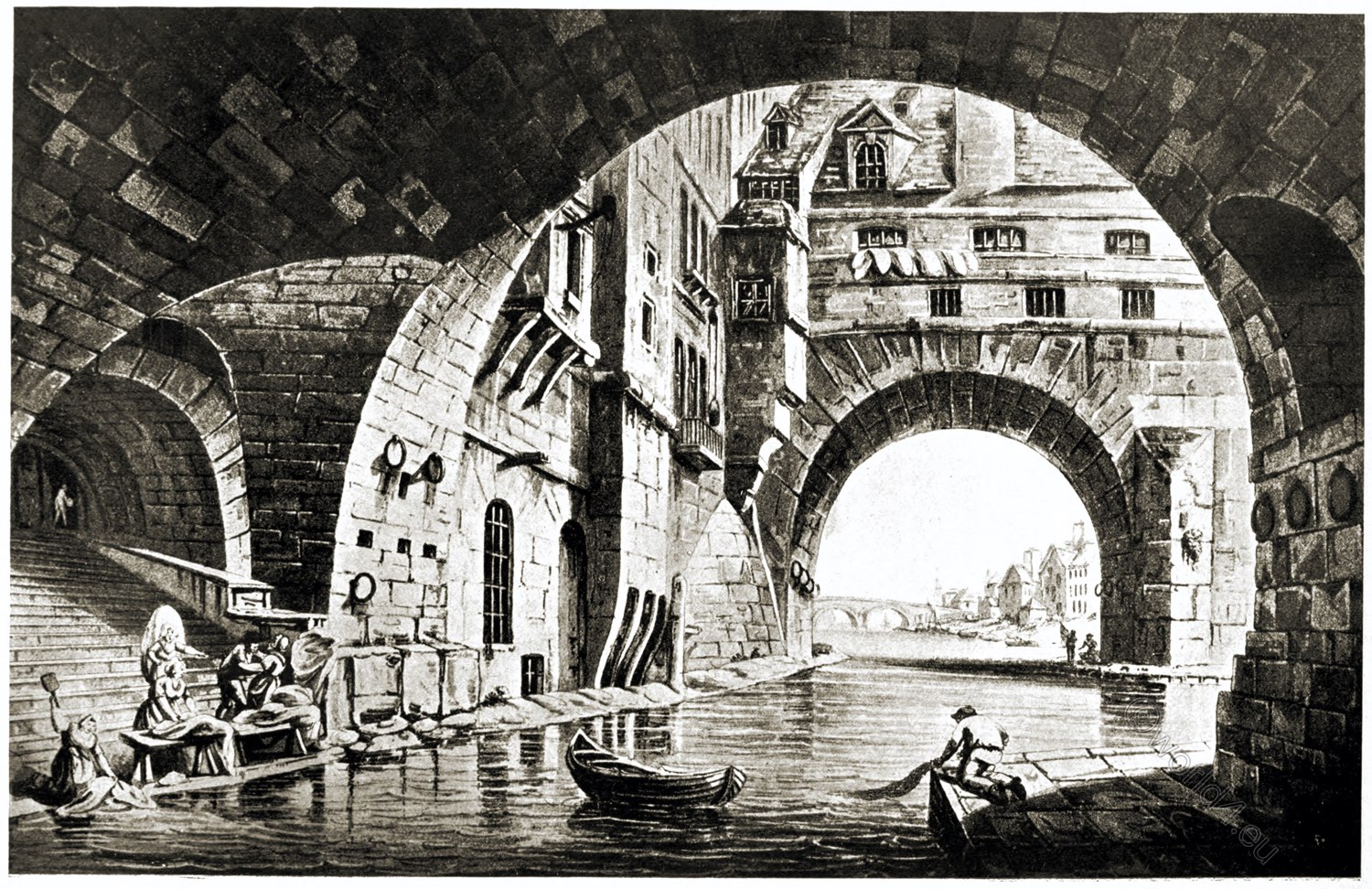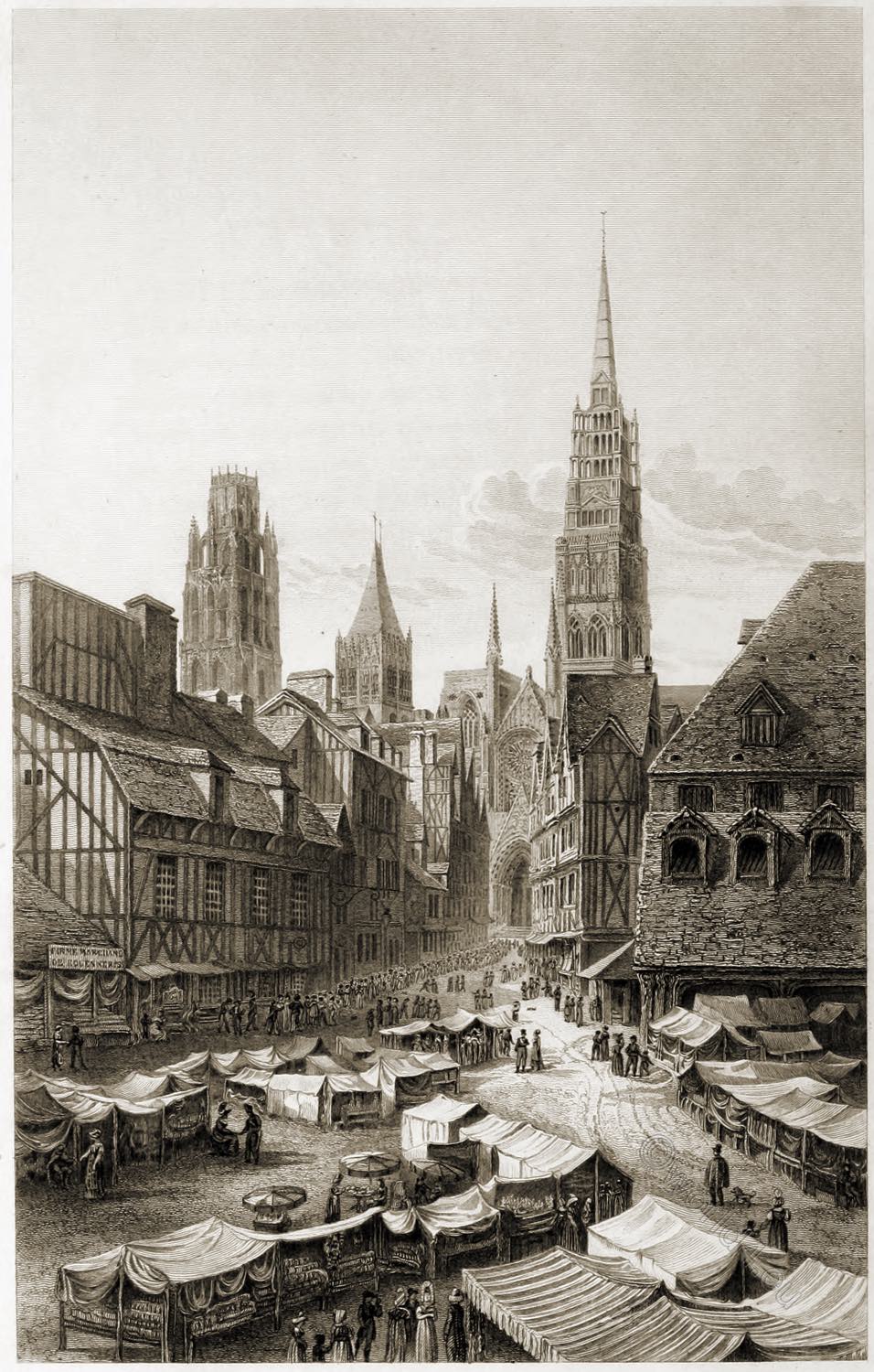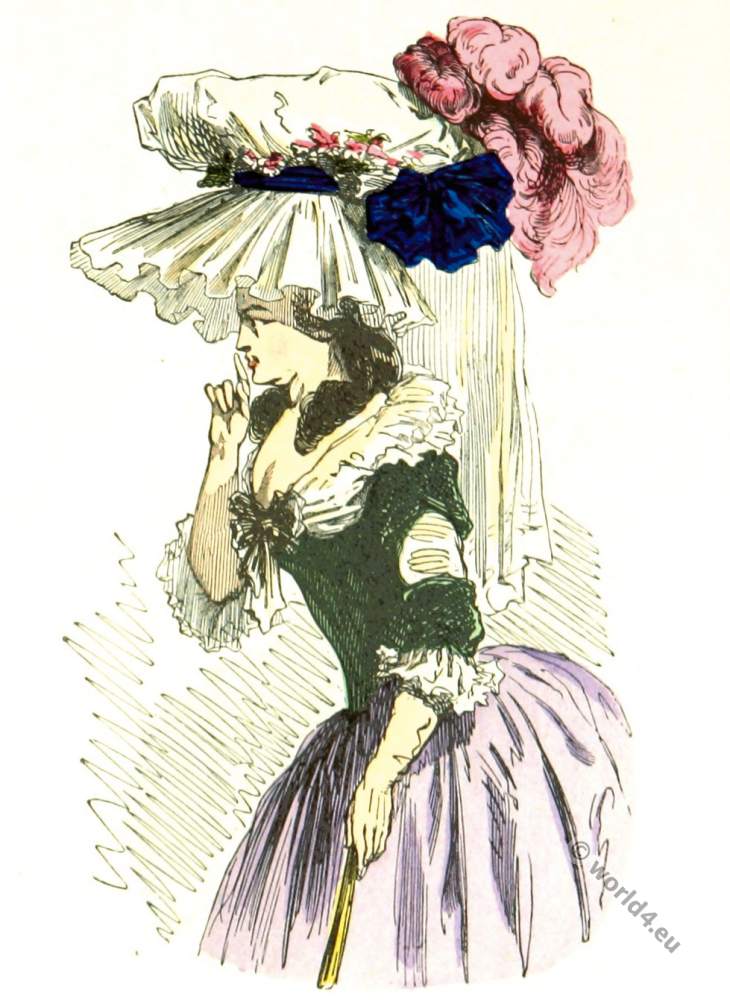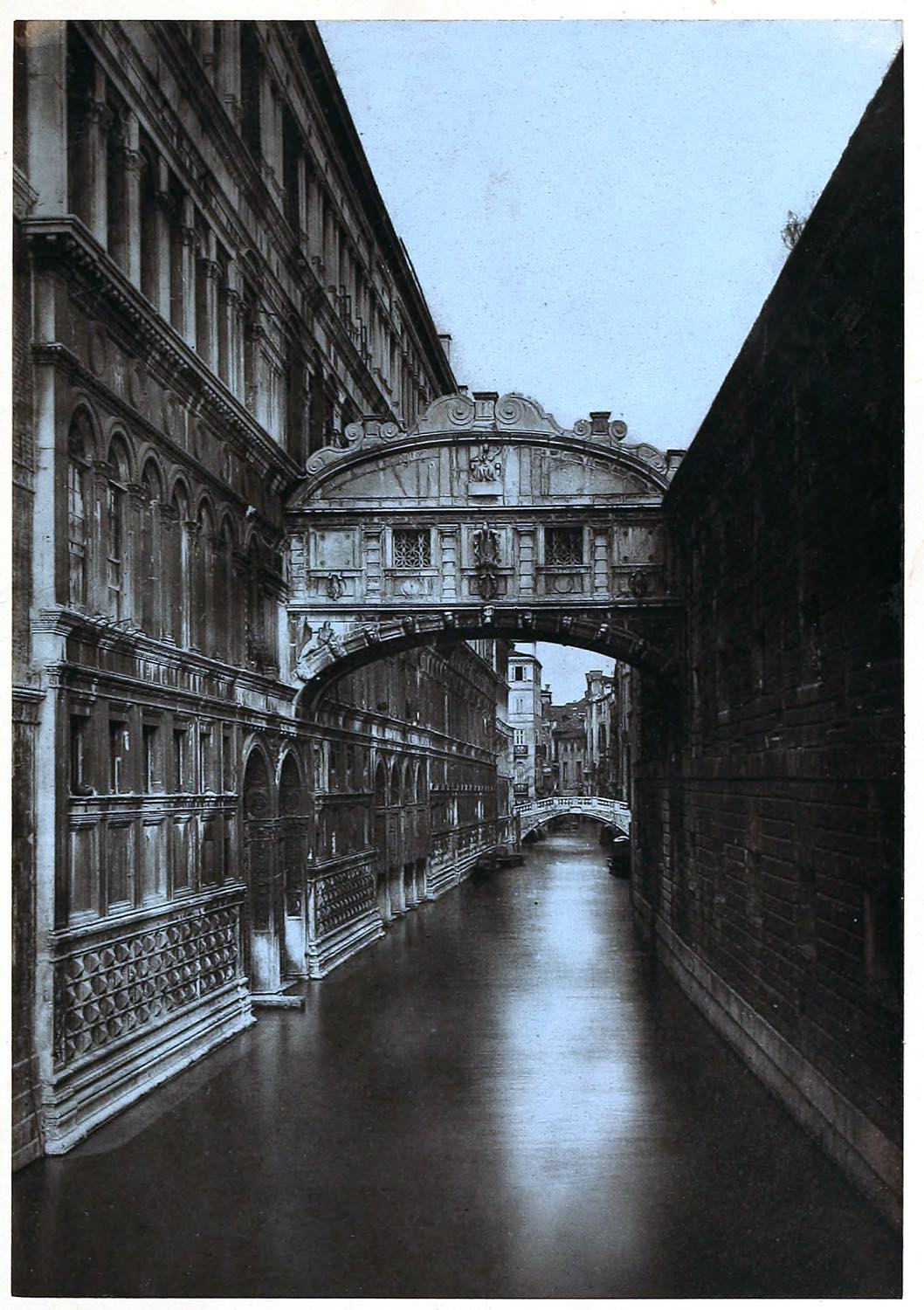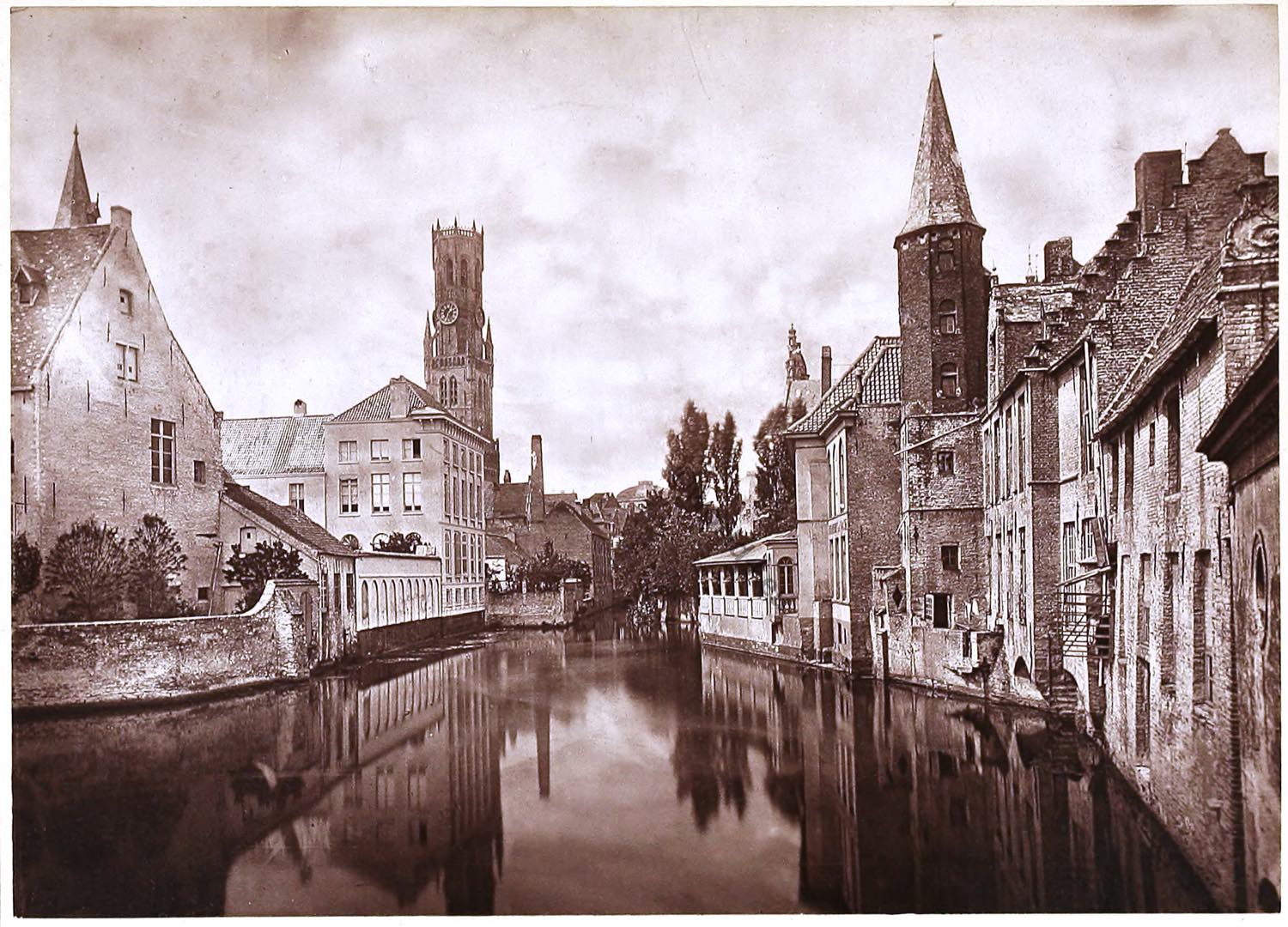
The Bruges Belfry is 83 m high and integrated into the Stadthallen (City Halls) on Bruges’ central market square (Grote Markt). Like the market halls, it was built in the 13th century. In the late Middle Ages, the tower, which towers over all the buildings in the city, demonstrated the power of the self-confident rich bourgeoisie and served as a fire watch. Even today, no new building is allowed to tower above it.
THE BELFRY AT BRUGES.
"In the market-place of Bruges stands the belfry old and brown;
Thrice consumed and thrice rebuilded, still it watches o'er the town.
As the summer-morn was breaking, on that lofty tower I stood,
And the world threw off the darkness, like the weeds of widowhood.
Thick with towns and hamlets studded, and with streams and vapours gray,
Like a shield emboss'd with silver round and vast the landscape lay;
Not a sound rose from the city at that early morning hour,
But I heard a heart of iron beating in the ancient tower.
From their nests beneath the rafters sang the swallows wild and high;
And the world, beneath me sleeping, seem'd more distant than the sky.
Then most musical and solemn, bringing back the olden times,
With their strange unearthly changes rang the melancholy chimes.
Like the psalms from some old cloister when the nuns sing in the choir,
And the great bell toll'd among them like the chanting of a friar.
Visions of the days departed, shadowy phantoms fill'd my brain,
They who live in history only seemed to walk the earth again."
LONGFELLOW.
ONE of the most picturesque features in old Flemish cities is their belfries and their noble Hôtels de Ville. The wealthy burghers lavished upon them all the splendor and all the art that an opulent class, enriched by the commercial prosperity of Flanders in the middle ages, could command. The Hôtel de Ville in each city was regarded as the temple of their liberties; it was to them the symbol of political power and privilege, won or purchased from their hereditary oppressors the nobles. In the time of the frequent wars and civic disturbances which made Belgium the cock-pit of Europe, the bells of Bruges and its rival city Ghent might often be heard sounding over the vast plains and dykes of the Low Countries. The “carillons” are “most musical, most melancholy,” and scarcely ever at rest many minutes together.
In the stillness and darkness of night they have a dreamy soothing effect, which is far from unpleasant. Chimes were in existence in Bruges as early as 1300.
The Belfry, which forms the central tower of Les Halles, stands in the Grande Place; it is some 290 feet in height. Our view is taken from the picturesque canal immediately behind it. The decay of Bruges has not been attended by that external degradation sometimes seen in other European cities. The streets are clean and well kept, though thinly populated, and the inhabitants seem to have forgotten that Bruges was one of the most powerful and opulent cities in the world, its streets crowded with merchants from all countries, and its harbor thronged with richly laden vessels from the half-fabulous East, and its court one of the most brilliant and influential in Europe.
The Belfry stands in a square (the Grande Place) crowded with memories. Time and space would fail us even to glance at them in the most cursory manner: Maximilian on his knees, beneath its shadow, swearing an oath to the bold burghers he never intended to keep; Charles the Second, light of heart and purse, sauntering round the square with his exiled followers during the small hours, singing roystering songs to the disparagement of “Charlie’s foes” over the water, and to the disgust of the drowsy inhabitants. The house he inhabited yet bears the sign “Au Lion Belge.”
Descriptive Article by Stephen Thompson. Photographed by Thompson.
Source: Treasure spots of the world: a selection of the chief beauties and wonders of nature and art by Walter Bentley Woodbury (1834-1885); Francis Clement Naish. London: Ward, Lock, and Tyler, Paternoster Row, 1875.
Continuing
Discover more from World4 Costume Culture History
Subscribe to get the latest posts sent to your email.


